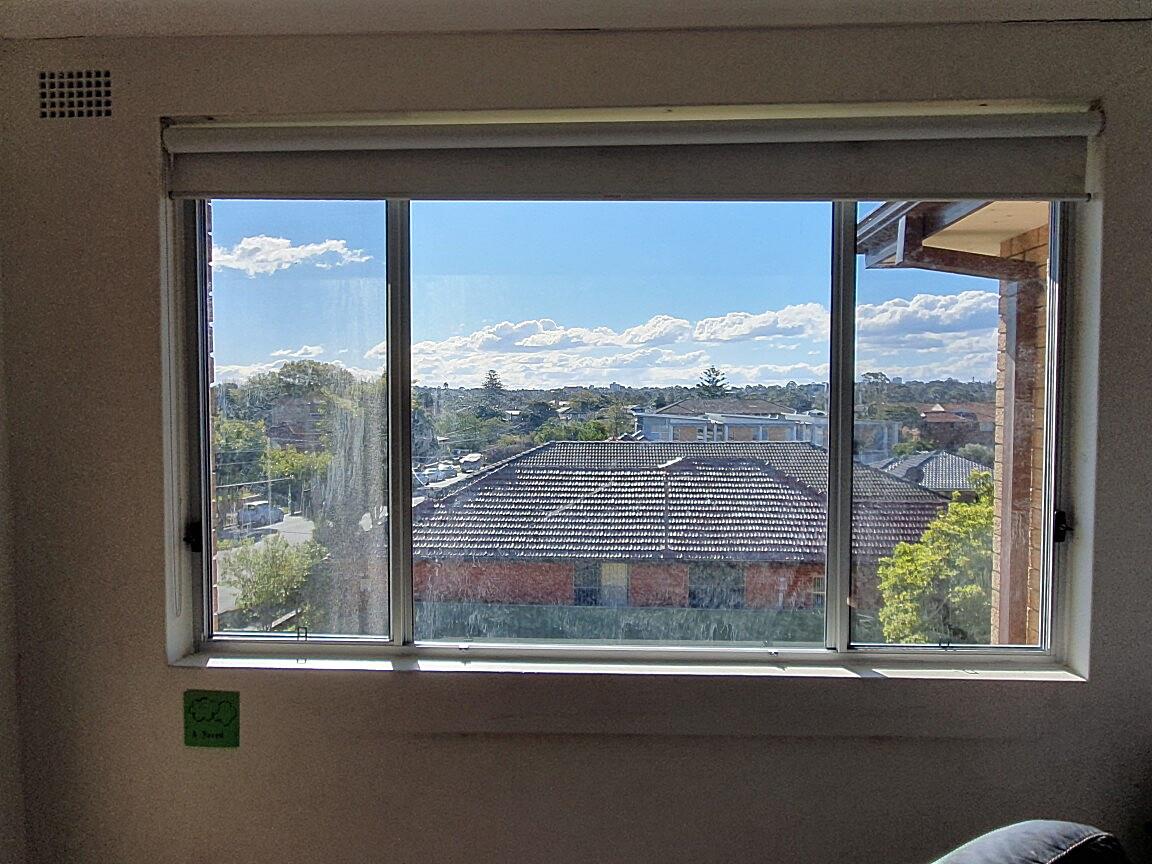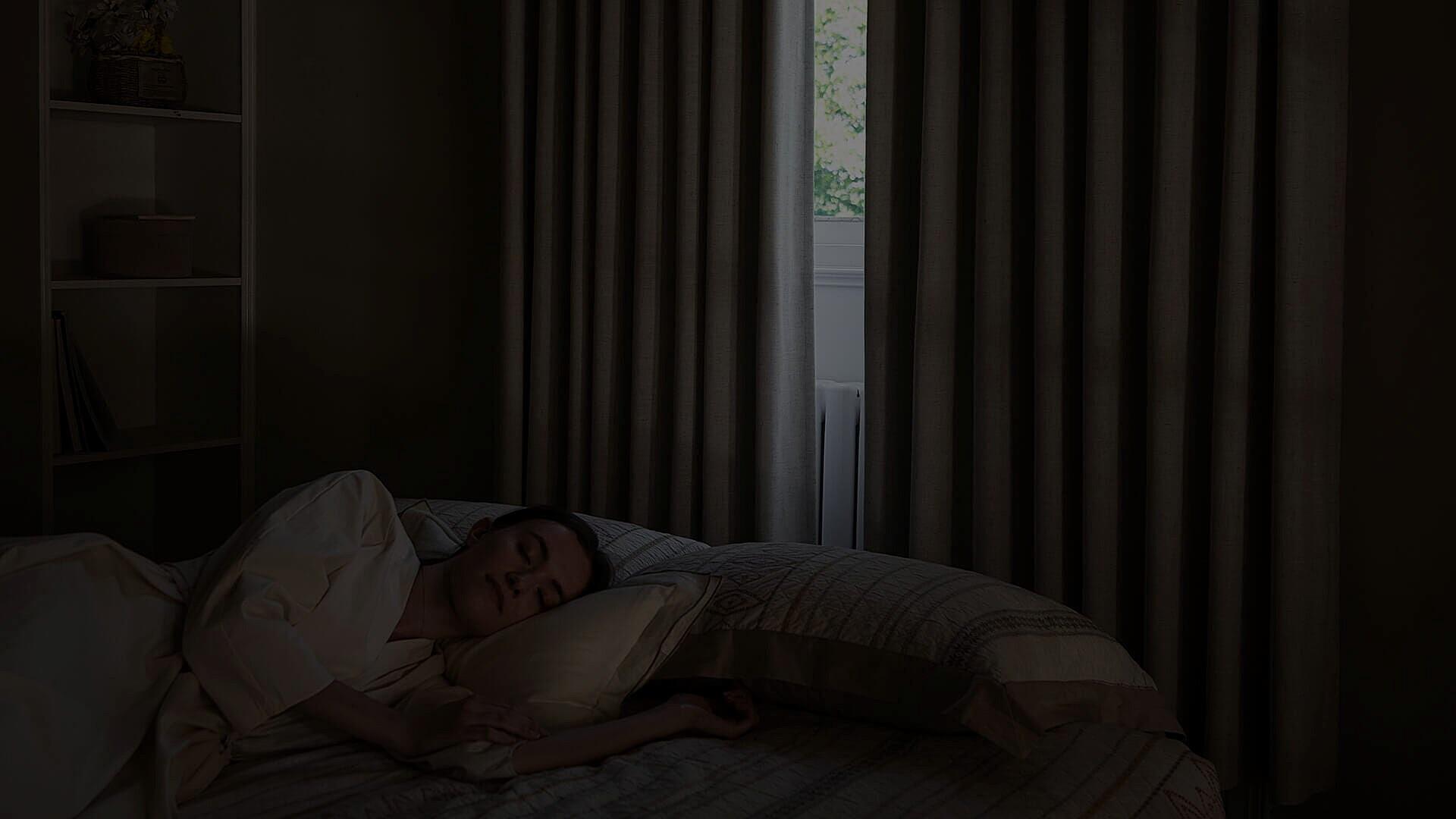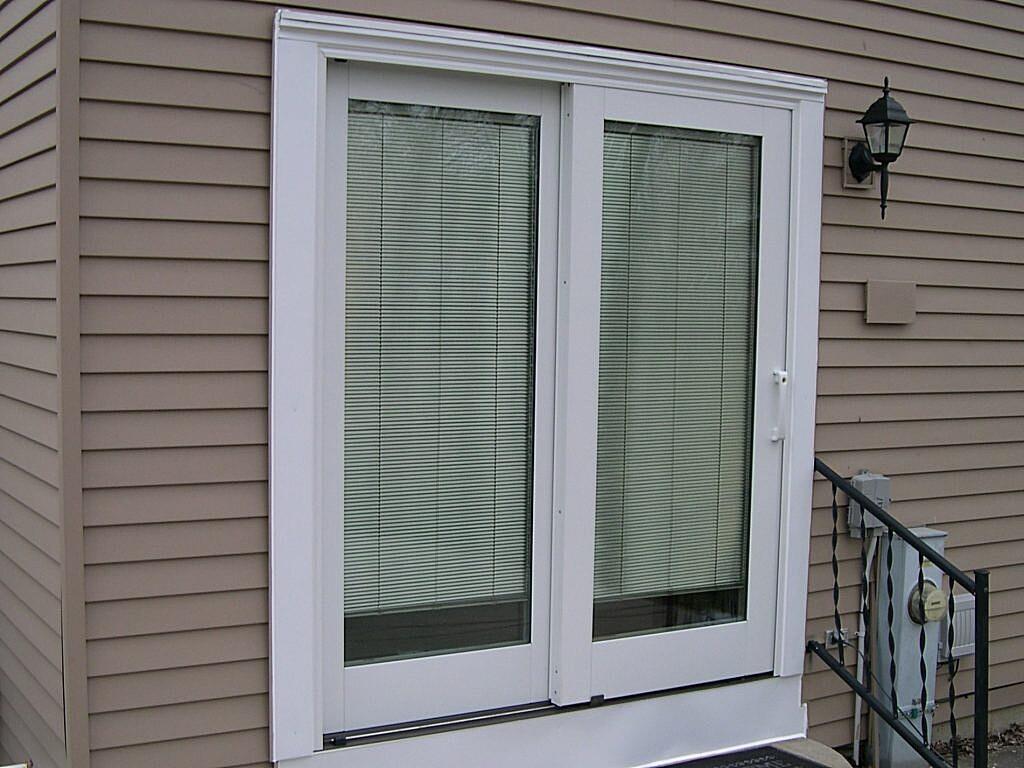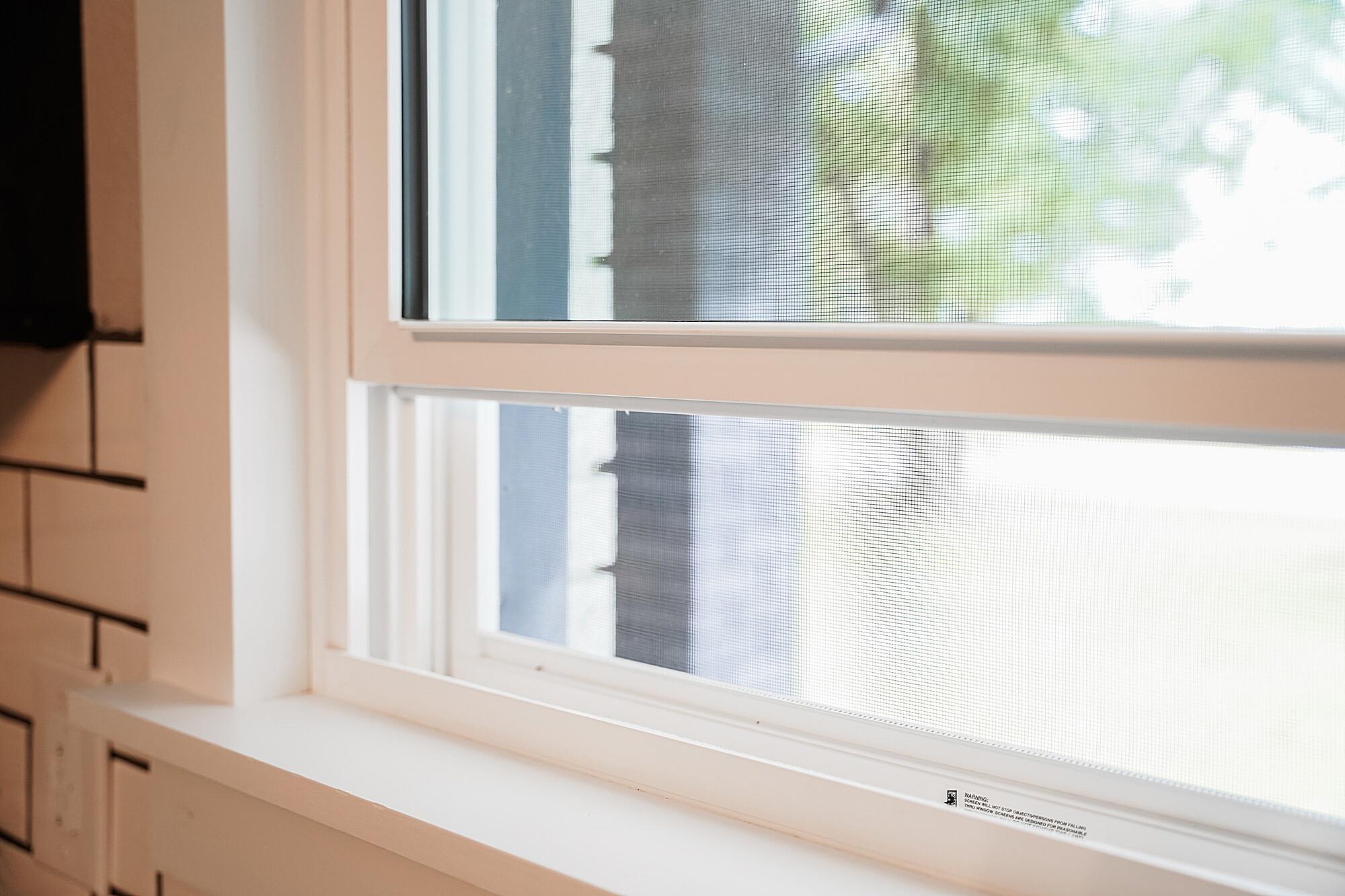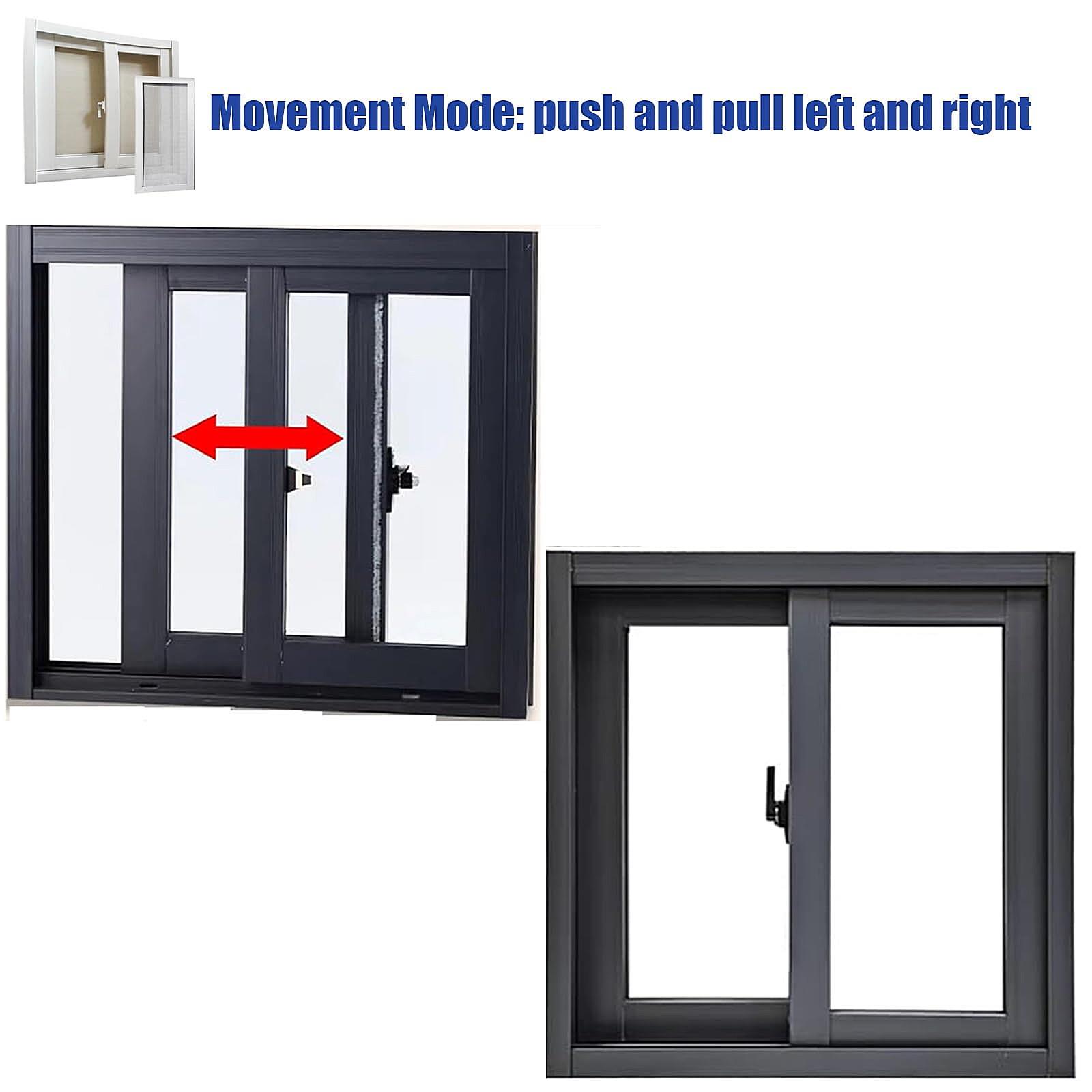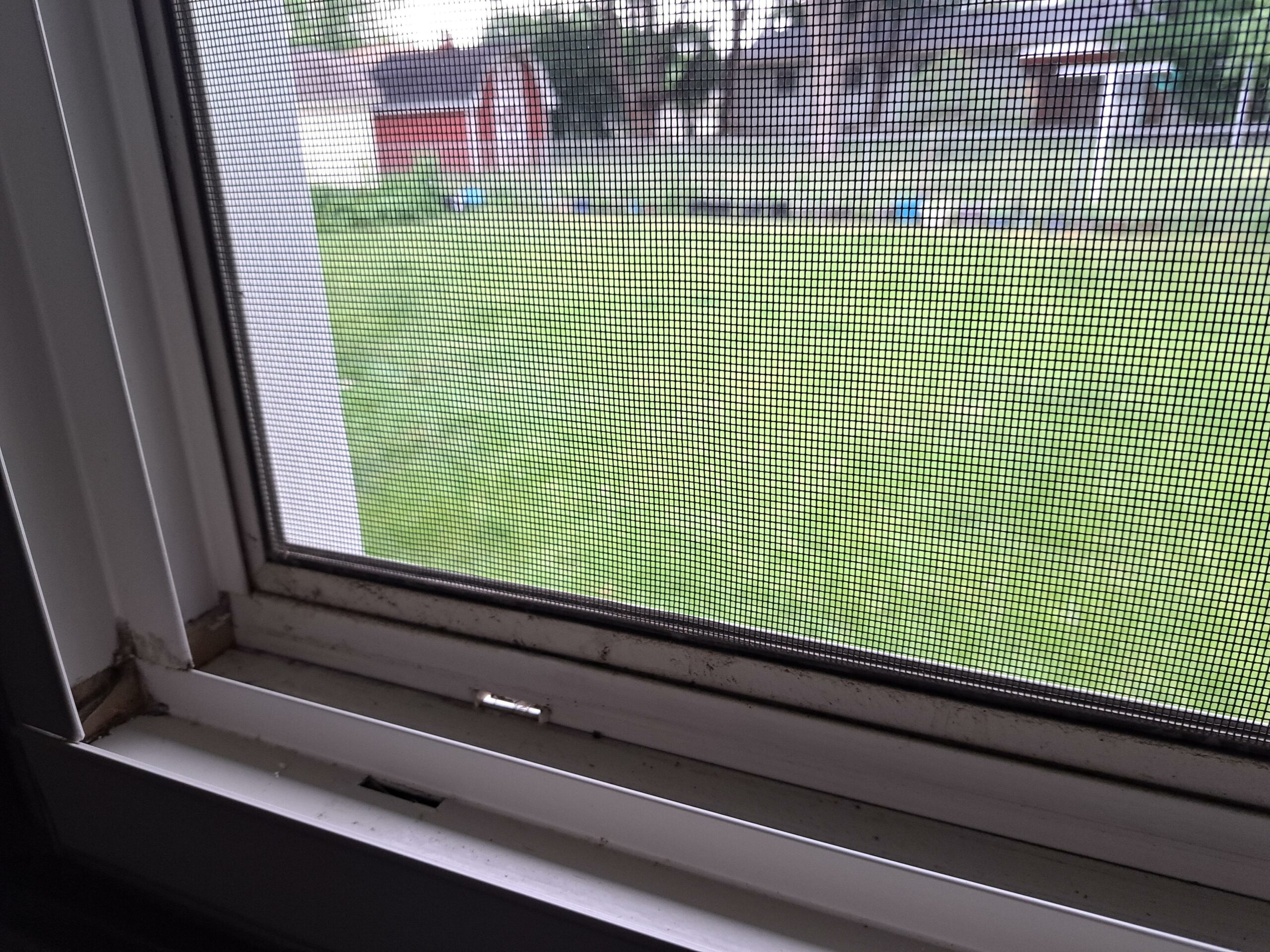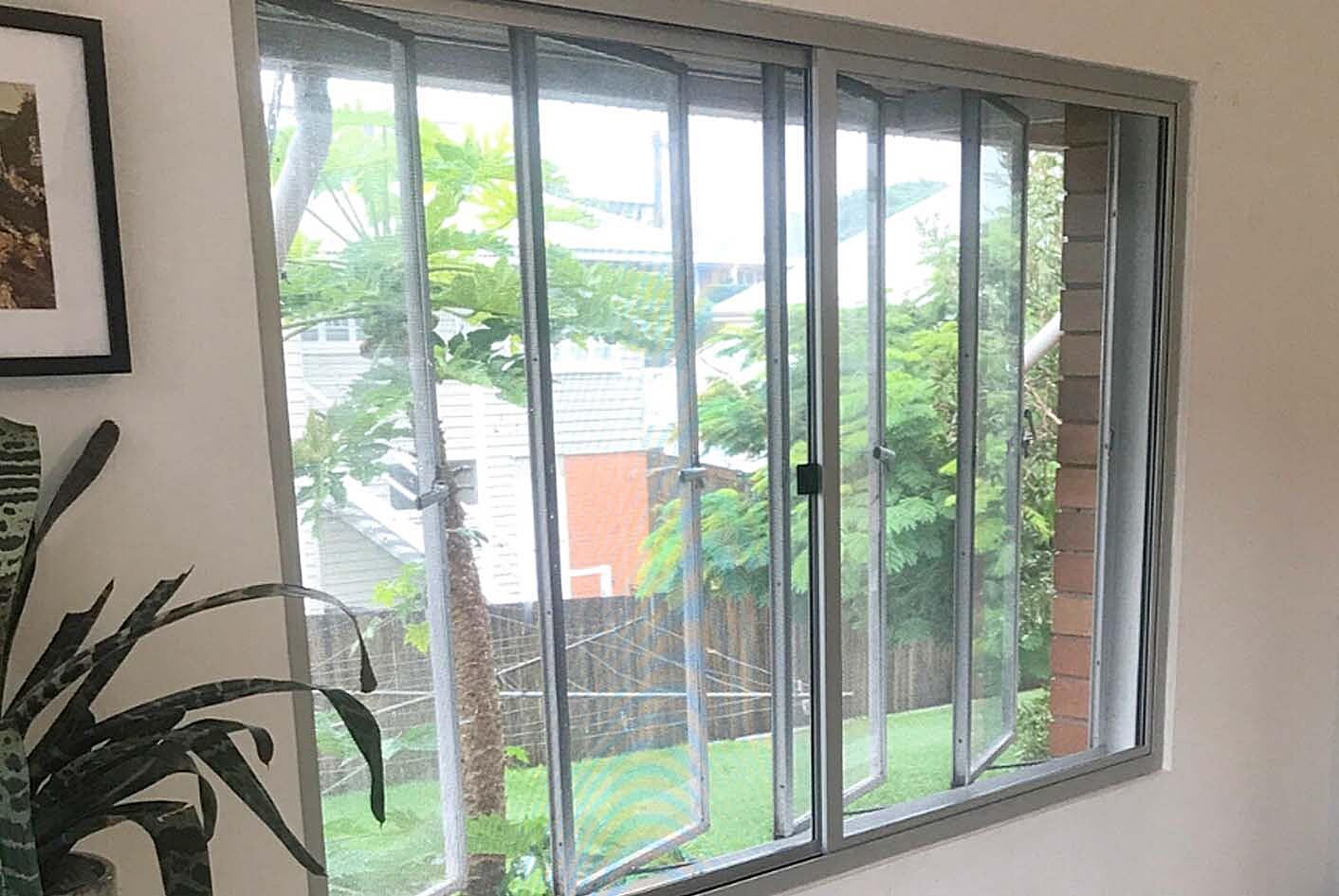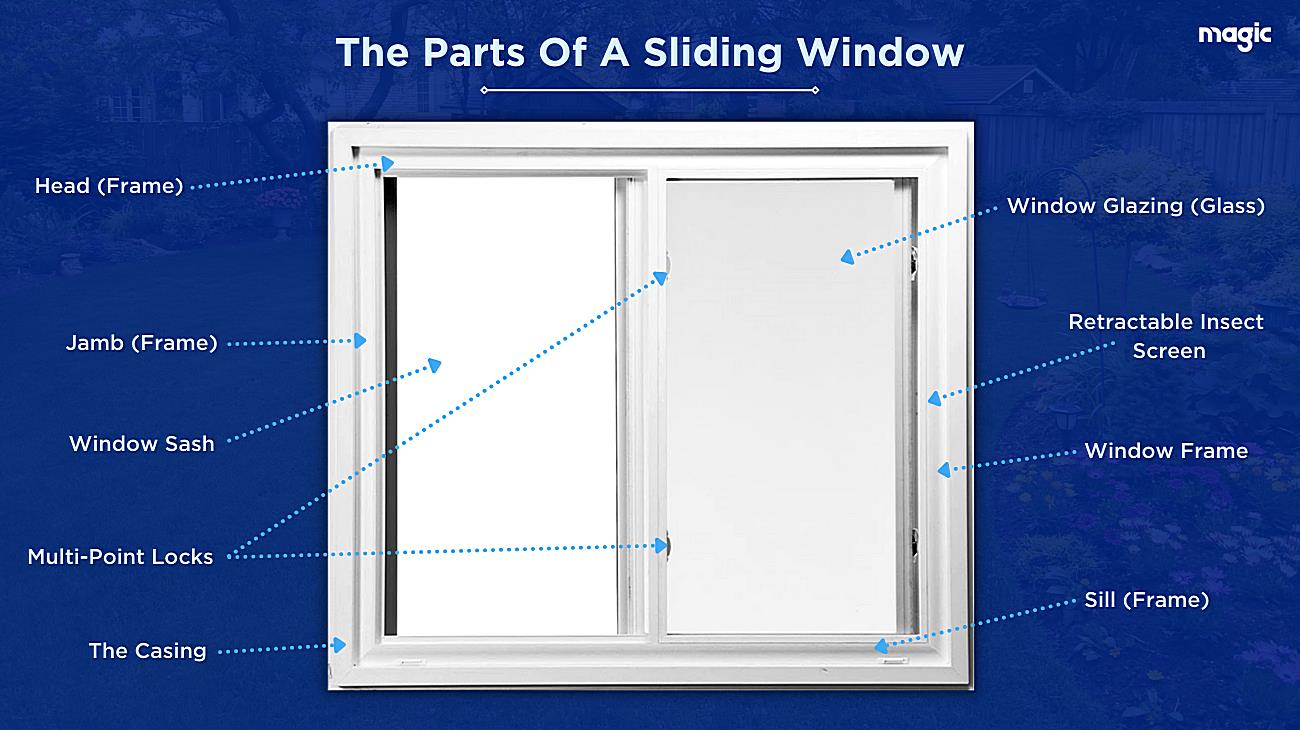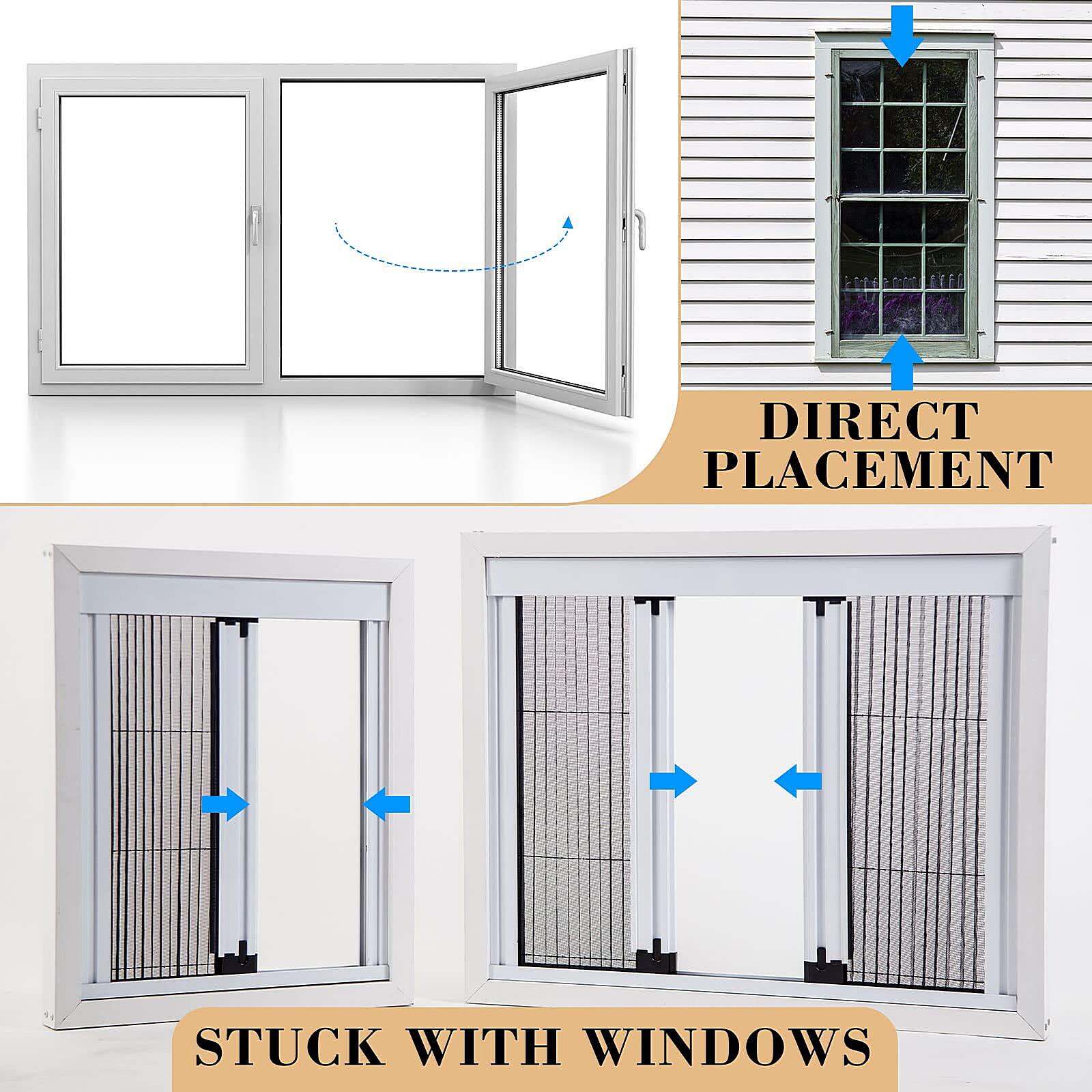You May Also Like :
Sliding Windows and Screens
1. Screen Dreams
So, you’re eyeing up some sleek, new sliding windows, eh? Fantastic choice! But before you start measuring and daydreaming about the improved view, a crucial question pops up: “Do sliding windows come with screens?” It’s a valid concern, and the answer, like many things in life, isn’t a simple yes or no. Let’s dive into the details and clear up any confusion, shall we? It’s kinda like ordering a burger; you expect the patty, but what about the cheese and bacon?
Generally speaking, yes, most reputable window manufacturers will include screens with their sliding windows. These screens are designed to fit snugly within the window frame, providing a barrier against pesky insects while still allowing fresh air to circulate. Think of it as built-in pest control, minus the chemicals. But, (and there’s always a but, isn’t there?) it’s always best to double-check with the vendor or installer to be absolutely certain.
Why the uncertainty, you ask? Well, sometimes screens are considered optional upgrades, particularly with very basic or builder-grade windows. It really depends on the brand, the specific window model, and even the region you’re in. Some folks living in colder climates, for example, might not prioritize screens as much as those in buggy, warmer areas.
Imagine getting all excited about your new windows, only to discover you have to shell out extra cash for screens later. That would be a major bummer, right? So, do your homework, read the fine print, and don’t be afraid to ask pointed questions. Your sanity (and your budget) will thank you for it.
Factors Affecting Screen Inclusion
2. Decoding the Screen Situation
Alright, so we know screens usually come with sliding windows, but there are a few things that can influence whether or not they’re part of the standard package. Let’s break down the key players: window manufacturer, window model, and installation specifics.
First up, the manufacturer. Different companies have different approaches to what’s included as standard. Some are incredibly generous, throwing in all sorts of bells and whistles, while others keep things pretty bare-bones to keep the base price low. It’s like the difference between buying a car with all the optional extras versus the basic model. Both get you from point A to point B, but the experience is vastly different.
Then there’s the window model itself. A high-end, energy-efficient sliding window is much more likely to come with a screen than a more basic, entry-level version. The higher the price tag, the more likely you are to get the screen included. Think of it like this: you wouldn’t expect a luxury watch to come without a strap, would you?
Finally, the installation process can also play a role. If you’re hiring a professional installer, they may be able to negotiate the inclusion of screens as part of the overall package. It never hurts to ask! A good installer wants you to be happy with the final result, so they’re often willing to go the extra mile.
The Benefits of Having Screens
3. Bugs Beware! (and Other Screen Perks)
Okay, let’s say you’ve confirmed that your sliding windows do come with screens. Hooray! But what are the actual benefits of having these mesh marvels? Well, beyond keeping those annoying buzzing creatures at bay, screens offer a surprising number of advantages. Let’s delve into the screen scene and uncover the perks.
Obviously, the primary function of a screen is to prevent insects from entering your home. Nobody wants to be swatting flies or mosquitoes all day long, right? Screens allow you to open your windows and enjoy fresh air without turning your living room into an insect buffet. It’s a win-win situation for both you and your sanity.
But screens aren’t just about bugs. They can also help to reduce dust and debris from entering your home. This is particularly helpful if you live in a dusty area or near a construction site. Screens act as a filter, trapping larger particles before they can make their way inside. It’s like having a built-in air purifier, but without the electricity bill.
Furthermore, screens can offer a degree of privacy. While they don’t completely block the view from the outside, they can make it more difficult for people to see into your home, especially during the day. It’s a subtle way to enhance your sense of security and create a more comfortable living environment. It offers a little bit of peace of mind.
What to Do if Screens Aren’t Included
4. Screen-less? Don’t Despair!
Uh oh! You’ve checked, double-checked, and triple-checked, and it turns out your sliding windows don’t come with screens. Don’t panic! This isn’t the end of the world. There are still plenty of options available to you. Let’s explore some alternative solutions.
First, check with the window manufacturer to see if you can purchase screens separately. Many companies offer screens as an optional accessory, even if they’re not included in the standard package. This is usually the easiest and most straightforward solution. It’s like buying the matching accessories for your new outfit; everything just fits together perfectly.
If the manufacturer doesn’t offer separate screens, don’t worry. There are plenty of third-party screen manufacturers that can create custom screens to fit your windows. Just be sure to take accurate measurements to ensure a proper fit. A poorly fitting screen is worse than no screen at all. Imagine trying to squeeze into jeans that are two sizes too small; it’s just not a pretty sight.
Another option is to explore retractable screens. These screens are designed to roll up and disappear when you don’t need them, offering unobstructed views when desired. They’re a bit more expensive than traditional screens, but they offer a sleek and modern look. It’s like having a secret weapon against bugs that you can deploy at any time.
Lastly, consider DIY screen kits. These kits allow you to build your own screens using readily available materials. While this option requires a bit more effort, it can be a cost-effective way to screen your windows. Plus, you get the satisfaction of knowing you built it yourself! Think of it as a fun weekend project that will save you money in the long run.
Maintaining Your Window Screens
5. Keeping Screens Shipshape
So, you’ve got your sliding windows, complete with lovely screens. Now, to keep them functioning properly and looking their best, a little maintenance is required. Don’t worry, it’s not rocket science. A few simple steps can go a long way in extending the life of your screens. Let’s explore some screen-cleaning strategies.
The first step is regular cleaning. Over time, screens can accumulate dust, pollen, and other debris. This not only makes them look unsightly but can also reduce airflow. A simple cleaning with a soft brush or vacuum cleaner can remove much of the surface dirt. It’s like giving your screens a spa day, leaving them feeling refreshed and rejuvenated.
For more stubborn dirt and grime, you can use a mild soap and water solution. Gently scrub the screens with a soft cloth or sponge, then rinse them thoroughly with clean water. Avoid using harsh chemicals or abrasive cleaners, as these can damage the screen mesh. Think of it as washing delicate clothing; you want to be gentle and avoid anything that could cause damage.
In addition to regular cleaning, it’s also important to inspect your screens for any damage. Look for tears, holes, or loose edges. Small tears can often be repaired with a needle and thread or a screen repair kit. Larger holes may require replacing the entire screen mesh. Addressing problems promptly will prevent them from getting worse over time.
Finally, consider storing your screens during the winter months if you live in a cold climate. This will protect them from the elements and extend their lifespan. Simply remove the screens, clean them thoroughly, and store them in a dry, protected area. It’s like putting away your summer clothes for the winter; you want to keep them safe and sound until you need them again.

